Boom Pam
Friedrich-Ludwig-Jahn-Sportpark, 2009
Eventually also the greatest fun comes to an end. Some ill-humoured clerk cuts off Boom Pam’s morning-after outdoor set “just ten seconds before the end of the show.” The band from Tel Aviv bundle up their stuff and stroll back through the Sportpark to their accommodation in Berlin. What can be imagined as a self-declared “alcohol soaked wedding party ecstasy” – as written on their homepage -, still develops an exhilarating charm vibrant with energy in the sober environment of a morning sports ground, aside of people doing their workout or mowing the lawn. The band have onomatopoetically named themselves after the 1960s song “Boom Pam” by the Greek musician Aristidis Saisanas (short: Aris San), who migrated to Israel. So if people wonder about the influences of the young Israelis’ mostly instrumental sound – with just occasional droll and then heavy-repeated lyrics -, they might not get far with categorizing it as solely Jewish, but might look further ahead to Greek, Turkish, Balkan, Mediterranean, rock and surf music. While the clerk on duty has no ear for their impromptu performance, Boom Pam’s show on the day before at Kaffee Burger immediately got the audience dancing. Madonna, who is known for her affection for Balkan beats and who is said to have celebrated her birthday at Kaffee Burger – a venue specialized on this kind of music -, might have also loved ‘em.
- Camera
- Michael Luger
- Sound Recording
- Sarah Brugner
- Post production
- Michael Luger
- Photography
- Franz Bruger
- Artist
- Boom Pam
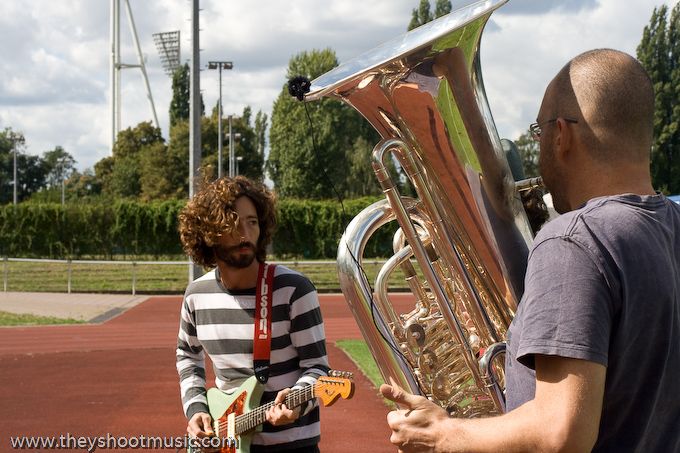
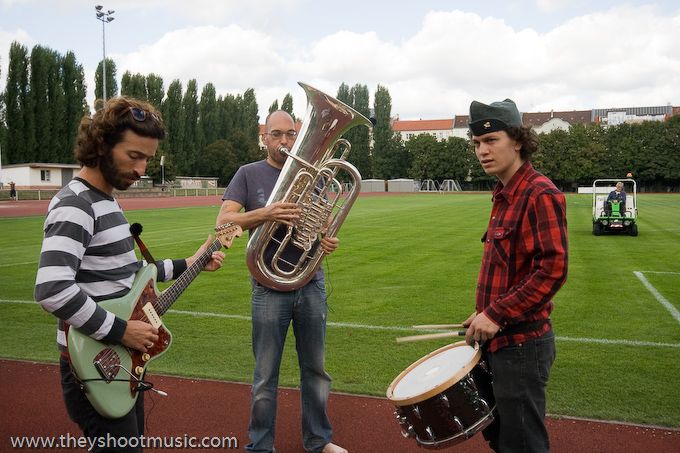
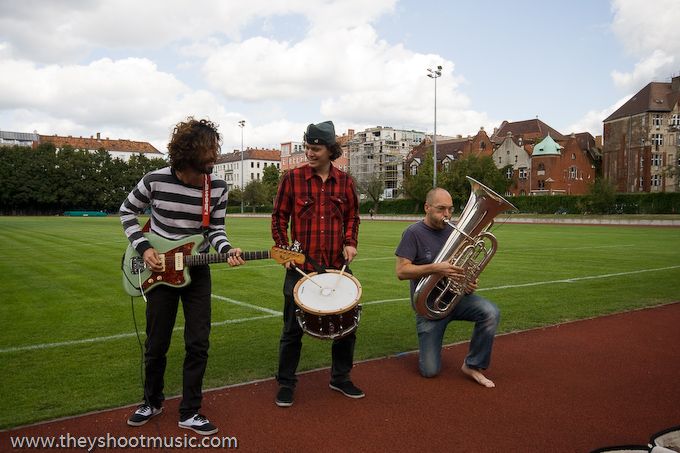
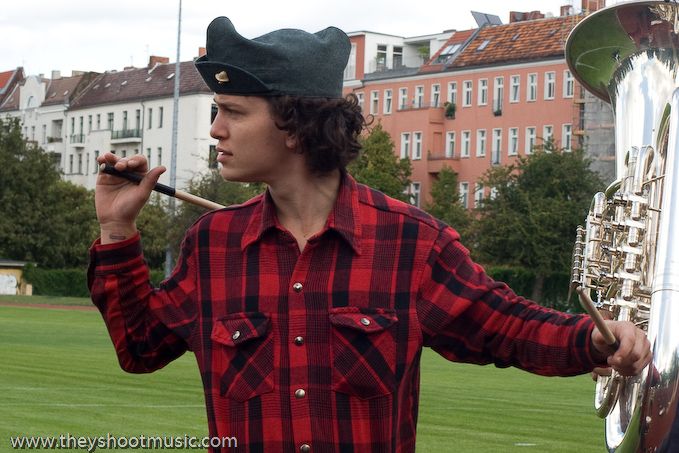




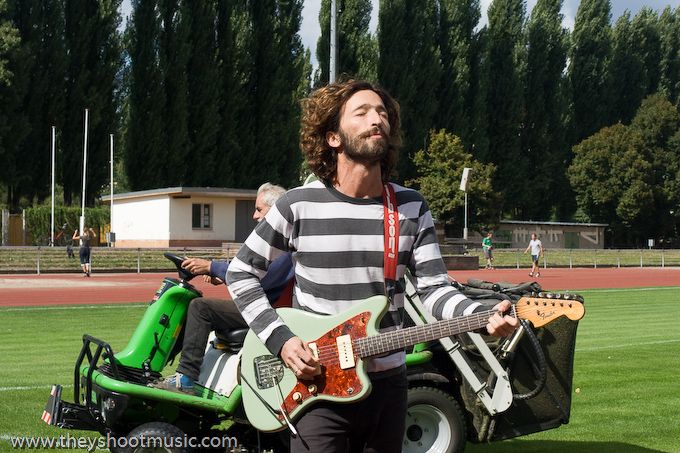

Friedrich-Ludwig-Jahn-Sportpark
This place has witnessed history. Michael Jackson had a show here, Uwe Hohn was the first track and field athlete who threw his javelin over 100 metres and almost all Berlin football clubs played at least once a match at Jahnstadion. The 20,000-capacity stadium, however, is only a part of the huge sports ground that is named after the historically debatable Friedrich Ludwig Jahn, who propagated the importance of physical education as a preparation for war in the early 19th century. The park, situated in the formerly East-Berlin district Prenzlauer Berg, features all kinds of fields for football, tennis, volleyball and track and fields, only to name a few. It was constructed on a former drill ground at the end of the 19th century and has since then been – at least temporarily – the home of major Berlin football teams such as Hertha BSC, Union Berlin and GDR-club Vorwärts Berlin. The area is surrounded by Max-Schmeling-Halle, Berlin’s biggest indoor venue for shows, and Mauerpark, a park that is especially busy on Sundays when there is flea market time.